The Type 98 Main Battle Tank (WZ-123, ZTZ-99, Project 9910 was derived from the Type 90-II prototype as China's first 3rd generation main battle tank, but not produced. Instead it is largely seen as a preserie for the Type 99 (ZTZ-99) Main Battle Tank produced so far to circa 1,200 including variants and considered the elite MBTs of the Chinese PLAN.
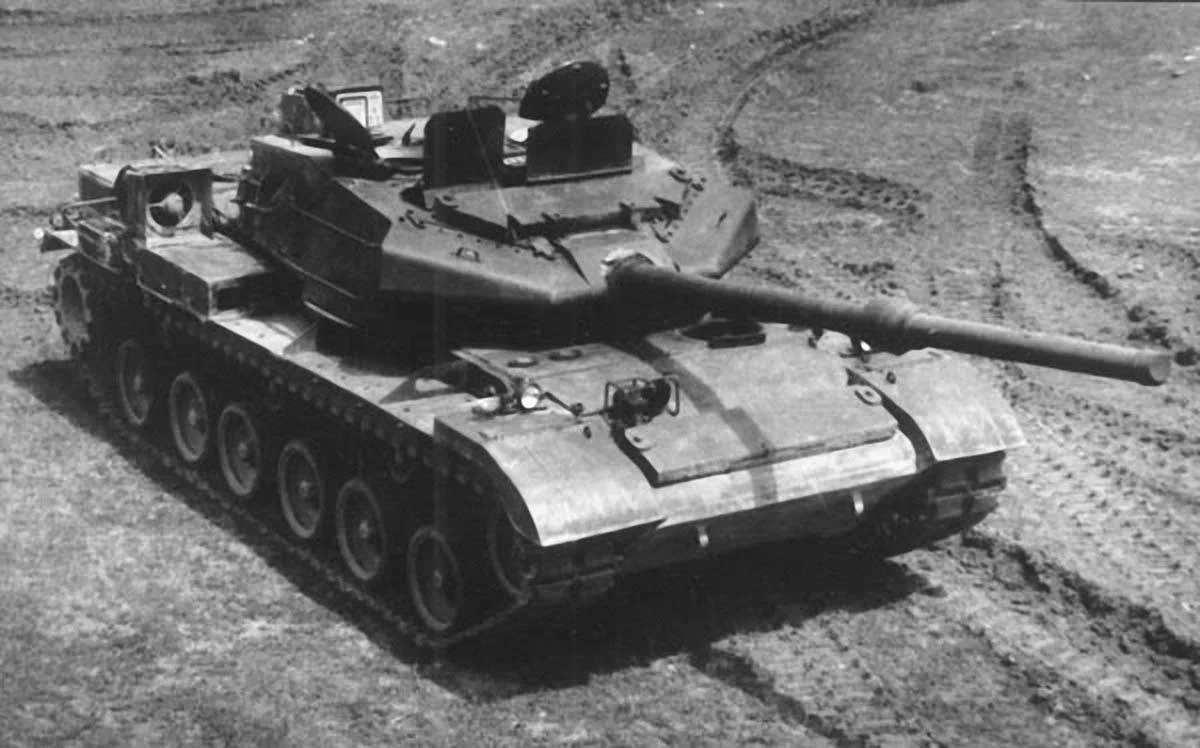
WZ-1124
The development of a brand new domestic third generation MBT started in 1989, under the 8th five-year plan. By the early 1990s a modified second generation prototype called Type 90-II serie was operation and tested, a new design obtained by studying a recuperated T-72 tank. Its chassis was to be based about the same, as the hull, but with Chinese subsystems. The Type 90-II had the same 125mm smoothbore cannon mated with autoloader as the original, as well as modular composite armor and centered driver position. The Type 90-II was not accepted for production unlike the Type 96 MBT, and however was choosed as a base for export, built under license in Pakistan as the Al-Khalid and also exported to Myanmar, Sri Lanka and Bangladesh.
Meanwhile engineers worked on another domestic Type 90-II derivative also based on the T-72 chassis and their efforts led to the creation of the WZ-123 which early pre-production prototypes batch went to be called Project 9910. But they were standarized at the type and are known in the west since then as the Type 98 Main Battle Tank. It is rightly considered as the prototype pre-serie leading to the development of the very similar Type 99 of which 1200 were made (still ongoing).
Features of the WZ 123 included composite armor panels, a lenghtened chassis housing a new Western 1200 hp diesel engine and 1st generation ERA in option. The armor layout were closer to the Russian T-80U and T-80UK as inspiration. Now that relations with Russia normalized, extra technology transfers were made. The Type 98 was finalized and first seen by Western experts at rehearsals for the 1999 National Day parade. The Type 98 was officially revealed on 1 October 1999, although this is disputed.
The 18 Type 98 in parade
The layout is conventional, comparable to the T-72 with a driver's compartment front and center, side-sliding hatch and single optic. The fighting compartment at the center comprised the turret pannier, and the carousal was mounted below and behind. Given the fact it needed to have more equipment and rounds, its turret was made slightly larger than that of the Type 90, creating a problematic gap between the front turret and front hull.
The Type 98 is fitted with active laser protection system which was new at the time, using a high-powered laser which had several functions. It could detect enemy laser beams and blind it in return while warning the crew but also disrupting enemy missile guidance signal. It could be "fired directly" on an enemy observation optic, causing eyesight damage for the opposite gunner. The turret face comprises internal alloys and ceramics, composites, but no ERA blocks. There are however two sets of five smoke dischargers for active concealement and a fuel injector on he exhaust for extra smoke. Thus, passive protection is no better than the Type 96.
Top speed is above 65 km/h, Range estimated between 450 and 600 km depending on the terrain and speed, and it was said capable of climing a 60° gradient, stay stable on a 40% side slope, climb a 0.8 m vertical step, gap a 3 m trench and ford 1.2 m without preparation and up to 5 m with full preparation, the snorkel being installed in the turret basket.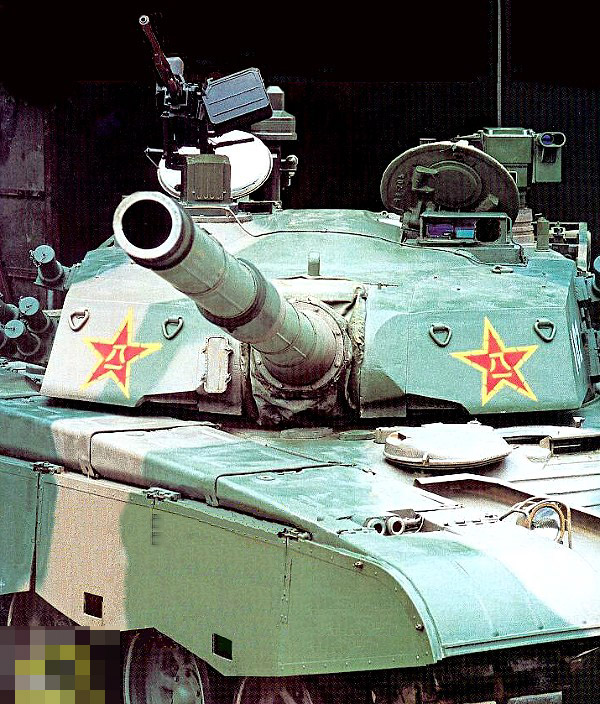
There are 41 rounds in reserve between the carousel (22), turret bustle and floor. Usual suspects are an armor-piercing fin stabilized discarding sabot (APFSDS), HEAT, and HE-FRAG and speciality pratice rounds. But the gun is also reputed to fire the Russian-made 9K119M Refleks (or "svir", tandem shaped charge) with a 4,000/5,000 mrange. This Subsonic, Laser beam riding ordnance was copied and improved by the Chinese, the new ATGM being used on the Type 99. Range was 3,000m for standard rounds. The HEAT was officially credited to defeat 500 mm (19.7 in) of RHA. Driver and Commander's sights had a 5000 meters (5,470 yds) range by daylight, 4000 by night.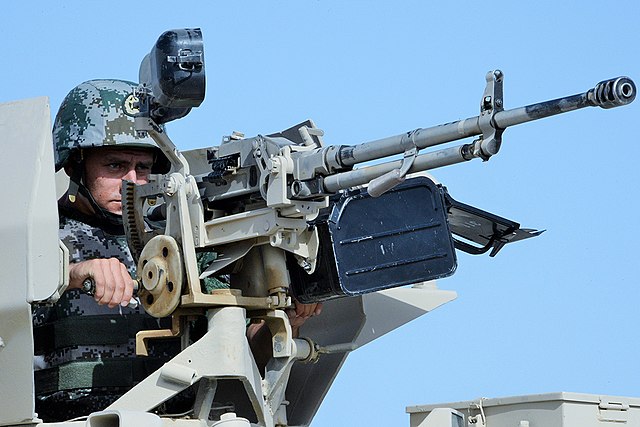
It was similar to previous and following Chinese MBTs, following Soviet practice: A coaxial 7.62 mm machine gun in the turret, and a 12.7 mm heavy machine gun on top of the roof, used by the commander. The off-mounted QJC-88 12.7 mm (0.5 in HMG) is intended as AA/self defence weapon, elevating -4 to 75° with solenoid firing and tailored mount for 360° traverse. 550-600 tpm for rounds 850 m/s (2,788 ft/s) fast and range up to 2,000m. The coaxial was a Norinco 7.62 mm Type 86 based on the Soviet PKM in the early 1980s. 700–800 rpm at 840 m/s (2,776 ft/s), range 1,640 yd (1,500 m) activated by the gunner through his own IR sight. 300 rounds of 12.7 mm, and 2,000 of 7.62 mm are carried.
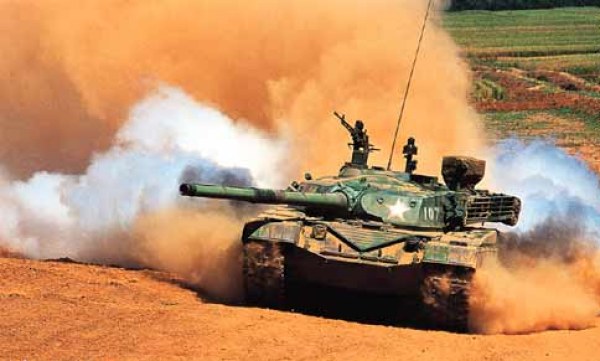
ZTZ-98 in combat manoeuver exercize
In 1996, a small batch of these were handed over to the PLA (Chinese Army) for extensive trials and evaluation at a main trials center, with tested allegedly completed by 1998, followed by an official licence attribution. The first public reveal was on the 1999 national day parade, where all these were paraded together, hence the production number given. Today it is oftene referred as the ZTZ98 folliwng the new nomenclature. Most experts agrees on the 18 built, and likely more prototypes. Unlike the Type 96, a 2nd generation MBT designed to counter the T-72, the Type 98 was supposed to be on par with western tanks, and on the 3rd generation.
However the Type 98 lacked the level of protection offered by Western MBTs to minimise damage of a HEAT projectile. There is no ERA (Explosive Reactive Armour) package, nor armour bulkheads separating the crew compartment from the fuel tanks and carousel rounds. There are no blow-out panelsin the turret bustle and over the carousel. The 1991 Gulf War quickly showed these shortcoming could be fatal, hence the production stopped there and the next Type 98G was worked out, later better known as the Type 99.
An improved version named Type 98G or Type 99 was indeed at fist presented as an updated variant, as revealed in 2000. At first in 2011, there were only around 350 of the new MBT; but it was upgraded itsel as the KM, and then officially presneted during the 2015 Victory Day Parade, the Type 99A, latest iretation, used by PLA during the Shanghai Cooperation Organization (SCO) military exercises of 2014. The Type 98 is not officially part of any unit of the PLA due to standardiation issue, and likely the vehicles were used for tests and transformation (and still are probably) the remainder being placed in reserve. Having their caracteristic turret face, and unlike the Type 99 explosive reactive armor, improved thermal imager, more powerful diesel they never showed up again in parade and are a rare sight today. They are not even listed in the PLA equipments.
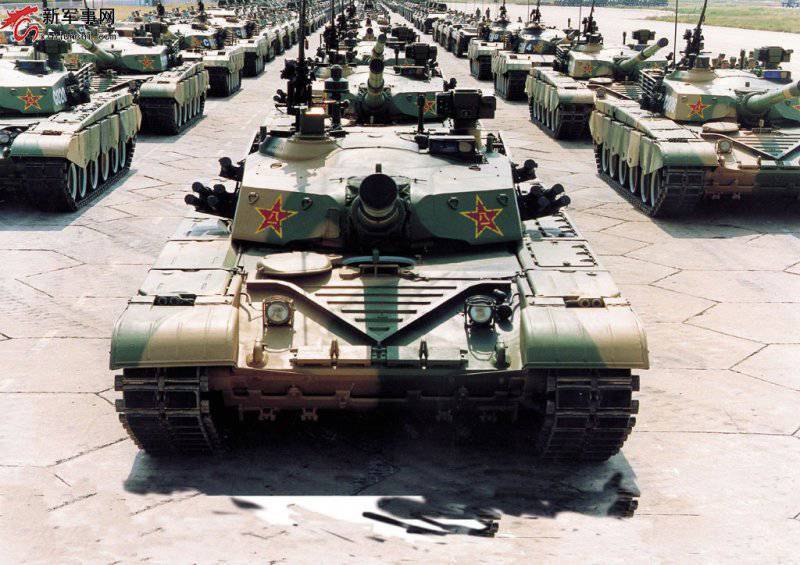
ZTZ-98 in parade
Project 9910 Prototype

WZ-1124
The development of a brand new domestic third generation MBT started in 1989, under the 8th five-year plan. By the early 1990s a modified second generation prototype called Type 90-II serie was operation and tested, a new design obtained by studying a recuperated T-72 tank. Its chassis was to be based about the same, as the hull, but with Chinese subsystems. The Type 90-II had the same 125mm smoothbore cannon mated with autoloader as the original, as well as modular composite armor and centered driver position. The Type 90-II was not accepted for production unlike the Type 96 MBT, and however was choosed as a base for export, built under license in Pakistan as the Al-Khalid and also exported to Myanmar, Sri Lanka and Bangladesh.
Meanwhile engineers worked on another domestic Type 90-II derivative also based on the T-72 chassis and their efforts led to the creation of the WZ-123 which early pre-production prototypes batch went to be called Project 9910. But they were standarized at the type and are known in the west since then as the Type 98 Main Battle Tank. It is rightly considered as the prototype pre-serie leading to the development of the very similar Type 99 of which 1200 were made (still ongoing).
Features of the WZ 123 included composite armor panels, a lenghtened chassis housing a new Western 1200 hp diesel engine and 1st generation ERA in option. The armor layout were closer to the Russian T-80U and T-80UK as inspiration. Now that relations with Russia normalized, extra technology transfers were made. The Type 98 was finalized and first seen by Western experts at rehearsals for the 1999 National Day parade. The Type 98 was officially revealed on 1 October 1999, although this is disputed.
Design

The 18 Type 98 in parade
The layout is conventional, comparable to the T-72 with a driver's compartment front and center, side-sliding hatch and single optic. The fighting compartment at the center comprised the turret pannier, and the carousal was mounted below and behind. Given the fact it needed to have more equipment and rounds, its turret was made slightly larger than that of the Type 90, creating a problematic gap between the front turret and front hull.
Protection
The Type 98 like the Type 90-II had a all-welded hull and turret resembling the one of the T-72, but angular. Its armor protection is reputed able to defeat ATGMS (side skirts, 11 panels),with walkways boxy protective bins. The Type 98 MBT is of course fitted with NBC protection, automatic fire suppression system in the fighting compartment and engine. This is a detection/spraying system with no human input but a backup. composite armour in the front arc is completed by an armour package of modular design, and optional ERA fitting (never seen).The Type 98 is fitted with active laser protection system which was new at the time, using a high-powered laser which had several functions. It could detect enemy laser beams and blind it in return while warning the crew but also disrupting enemy missile guidance signal. It could be "fired directly" on an enemy observation optic, causing eyesight damage for the opposite gunner. The turret face comprises internal alloys and ceramics, composites, but no ERA blocks. There are however two sets of five smoke dischargers for active concealement and a fuel injector on he exhaust for extra smoke. Thus, passive protection is no better than the Type 96.
Propulsion & Mobility
Chassis of the Type 98 tank closely resembles that of the T-72. Vehicle is powered by a Steyr Motors GmbH WD396 (derived) diesel engine, developing 1 200 hp. This liquid cooled, turbocharged unit a German unit obtained in the late 1980s. It is unque to the Type 98 as a more powerful 1500 hp unit was used for the next Type 99. For a battle weight of 52 tons, this enables a power-to-weight ratio of 23 hp/tonne. The rear power pack's full assembly can be removed in 30-40 minutes in the field. Suspension were convention: Torsion bar all the way (with possible hydraulic shock absorbers on the two front axles and rearmost) while the chassis is resting on six doubled rubber-tyred roadwheels on each side, front sprocket, rear drive sprocket, five return rollers, single pin tracks.Top speed is above 65 km/h, Range estimated between 450 and 600 km depending on the terrain and speed, and it was said capable of climing a 60° gradient, stay stable on a 40% side slope, climb a 0.8 m vertical step, gap a 3 m trench and ford 1.2 m without preparation and up to 5 m with full preparation, the snorkel being installed in the turret basket.
Armament

125 mm ZPT98
The Type 98 MBT is armed with a fully-stabilized 125 mm smoothbore gun coupled with a carousel style autoloader. Both were copied from the T-72. The 1985 designed ZPT98 derived from the T72' 2A46 is a 50 caliber, smoothbore for better muzzle velocities, and is capable of 8 rounds per minute in automatic mode, 2 manual. It has a thermal sleeve, fume extractor and gun barrel reference to sense possible deformation. There is little information about the type of ammunition used for the Type 98 in particular, but it was stabilized on 2-plans, could depress/elevate -6/+14° and could be fired under computerized or manual control. Its standard ammunition means sources of approvision and choice were considerable.There are 41 rounds in reserve between the carousel (22), turret bustle and floor. Usual suspects are an armor-piercing fin stabilized discarding sabot (APFSDS), HEAT, and HE-FRAG and speciality pratice rounds. But the gun is also reputed to fire the Russian-made 9K119M Refleks (or "svir", tandem shaped charge) with a 4,000/5,000 mrange. This Subsonic, Laser beam riding ordnance was copied and improved by the Chinese, the new ATGM being used on the Type 99. Range was 3,000m for standard rounds. The HEAT was officially credited to defeat 500 mm (19.7 in) of RHA. Driver and Commander's sights had a 5000 meters (5,470 yds) range by daylight, 4000 by night.
Secondary armament

It was similar to previous and following Chinese MBTs, following Soviet practice: A coaxial 7.62 mm machine gun in the turret, and a 12.7 mm heavy machine gun on top of the roof, used by the commander. The off-mounted QJC-88 12.7 mm (0.5 in HMG) is intended as AA/self defence weapon, elevating -4 to 75° with solenoid firing and tailored mount for 360° traverse. 550-600 tpm for rounds 850 m/s (2,788 ft/s) fast and range up to 2,000m. The coaxial was a Norinco 7.62 mm Type 86 based on the Soviet PKM in the early 1980s. 700–800 rpm at 840 m/s (2,776 ft/s), range 1,640 yd (1,500 m) activated by the gunner through his own IR sight. 300 rounds of 12.7 mm, and 2,000 of 7.62 mm are carried.
ZTZ 98 specifications | |
| Dimensions | 10.9 x 3.37 x 2.2 m |
| Total weight, battle ready | 48 t |
| Crew | 3: Cdr, Driver, Gunner. |
| Propulsion | Diesel 1 200 hp |
| Suspension | Torsion Bars |
| Speed | 65 km/h |
| Range | 450 - 600 km |
| Armament | 125 mm smoothbore(41 rds), 7.62 mm, 12.7 mm |
| Armor | 800mm equiv. ERA |
| Total production | 18+ |
Fate

ZTZ-98 in combat manoeuver exercize
In 1996, a small batch of these were handed over to the PLA (Chinese Army) for extensive trials and evaluation at a main trials center, with tested allegedly completed by 1998, followed by an official licence attribution. The first public reveal was on the 1999 national day parade, where all these were paraded together, hence the production number given. Today it is oftene referred as the ZTZ98 folliwng the new nomenclature. Most experts agrees on the 18 built, and likely more prototypes. Unlike the Type 96, a 2nd generation MBT designed to counter the T-72, the Type 98 was supposed to be on par with western tanks, and on the 3rd generation.
However the Type 98 lacked the level of protection offered by Western MBTs to minimise damage of a HEAT projectile. There is no ERA (Explosive Reactive Armour) package, nor armour bulkheads separating the crew compartment from the fuel tanks and carousel rounds. There are no blow-out panelsin the turret bustle and over the carousel. The 1991 Gulf War quickly showed these shortcoming could be fatal, hence the production stopped there and the next Type 98G was worked out, later better known as the Type 99.
An improved version named Type 98G or Type 99 was indeed at fist presented as an updated variant, as revealed in 2000. At first in 2011, there were only around 350 of the new MBT; but it was upgraded itsel as the KM, and then officially presneted during the 2015 Victory Day Parade, the Type 99A, latest iretation, used by PLA during the Shanghai Cooperation Organization (SCO) military exercises of 2014. The Type 98 is not officially part of any unit of the PLA due to standardiation issue, and likely the vehicles were used for tests and transformation (and still are probably) the remainder being placed in reserve. Having their caracteristic turret face, and unlike the Type 99 explosive reactive armor, improved thermal imager, more powerful diesel they never showed up again in parade and are a rare sight today. They are not even listed in the PLA equipments.

ZTZ-98 in parade
Gallery

Chinese PLA Type 98. The turret is reminiscent of the Type 96, with unprotected storage alongside the turret bustle, plus turret roof details. It's the only known appearance of this small serie
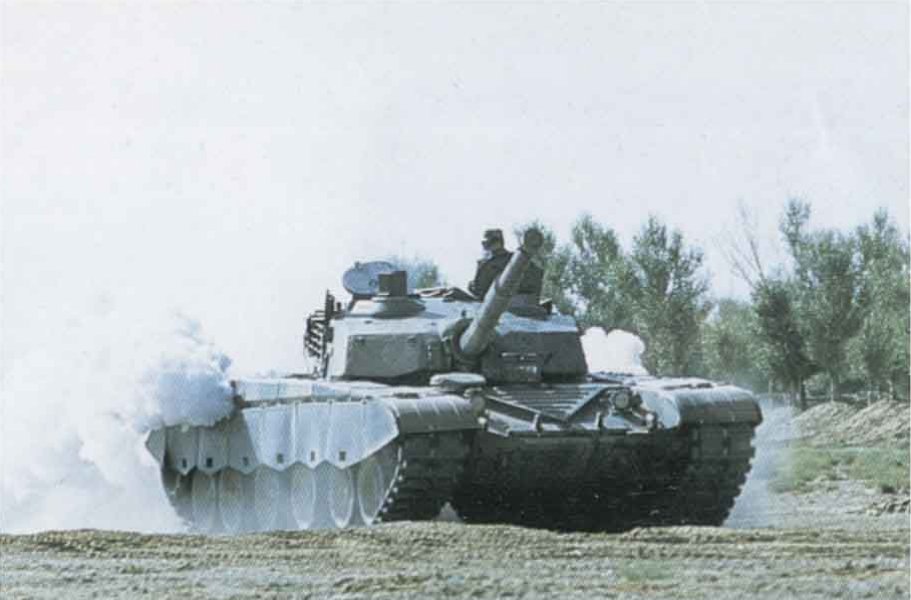
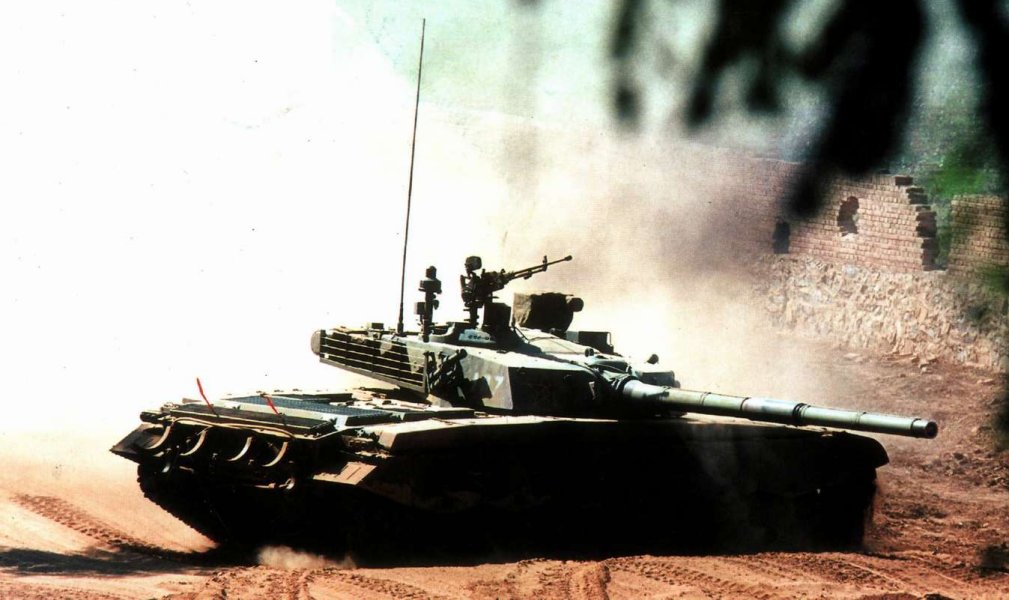
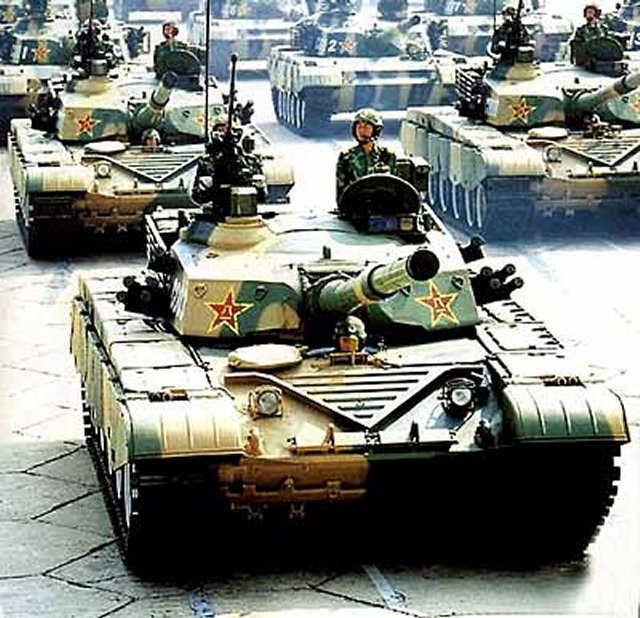
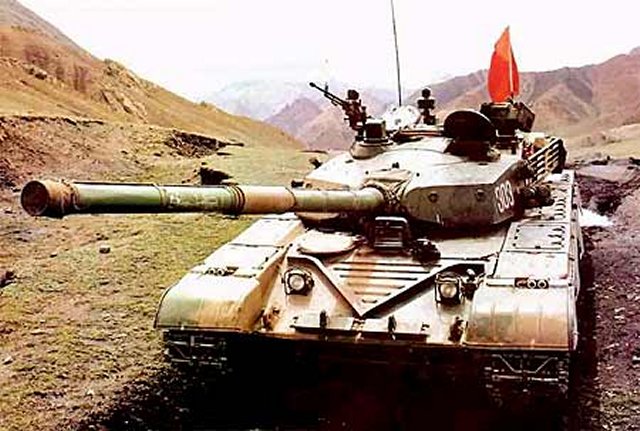
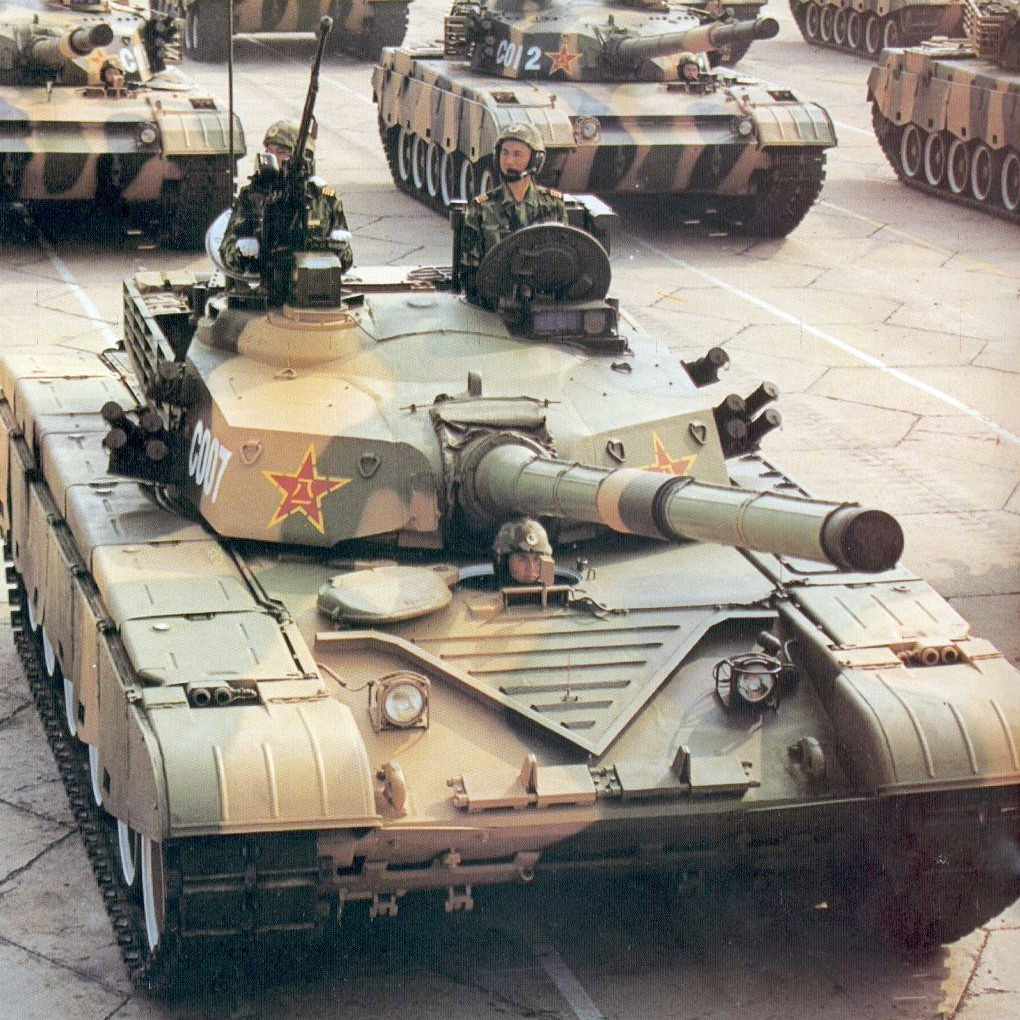
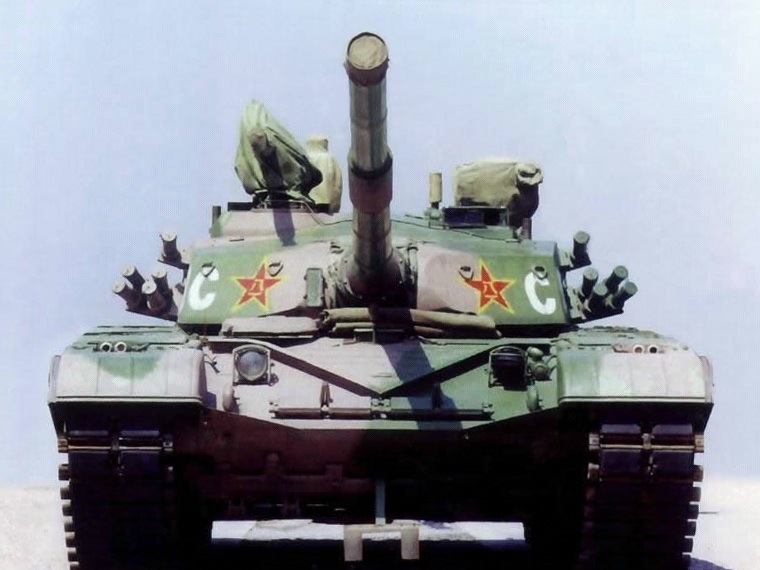
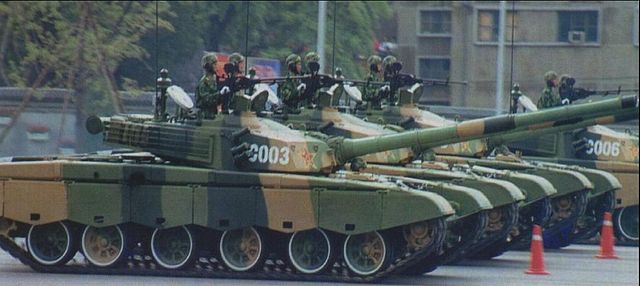
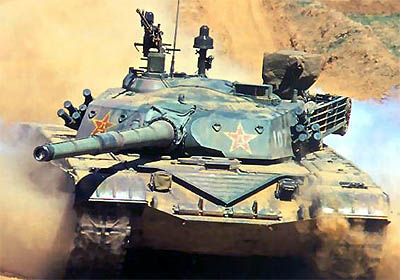
Note: This is an ancient archive created and lost c2014-2015, recreated from scratch.
Links/Src
links
militarytoday.com/army-guide.com
globalsecurity.org/
ciar.org
fighting-vehicles.com
armedconflicts.com
en.topwar.ru
armyrecognition.com upgrades
defencetalk.com
Trumpeter kit
On scalemates
Video

Modern Tanks
Modern MBTs posters

Denel Bagder (2018)

Type 16 MCV (2016)

Gepard 1A2 last rounds 2011

SANDF

Russian AFVs

Main Battle Tanks
